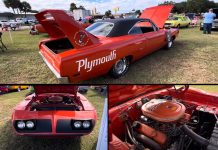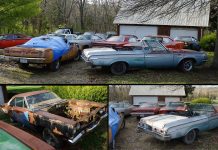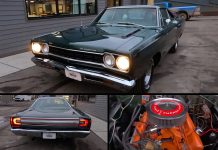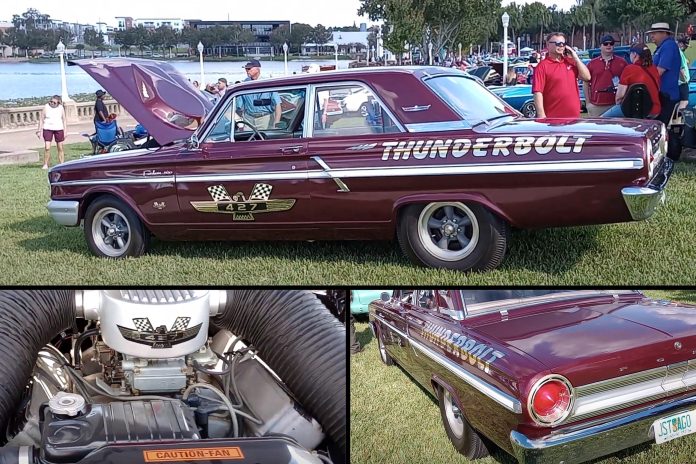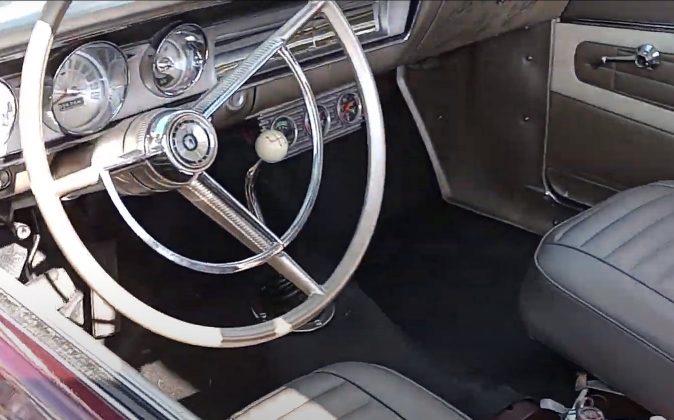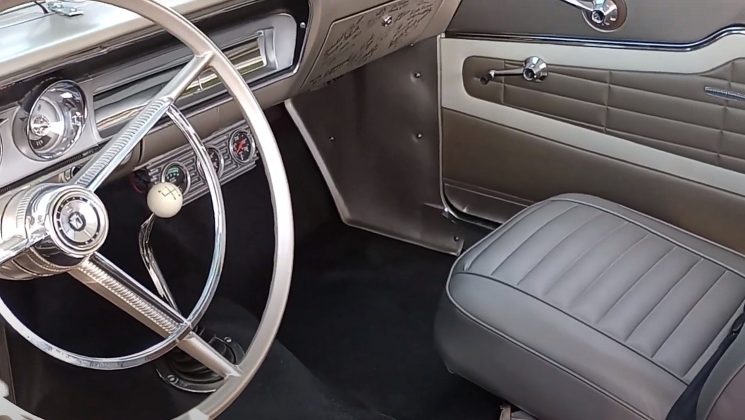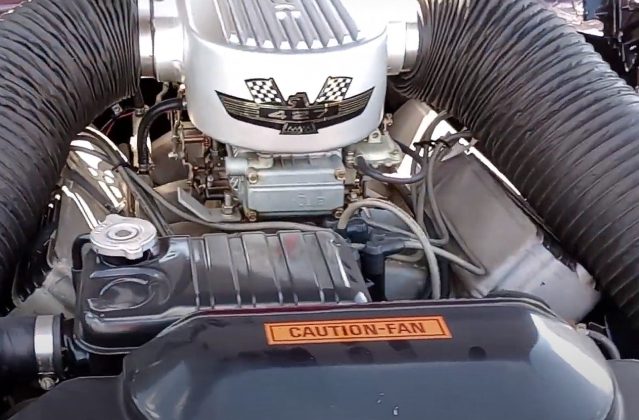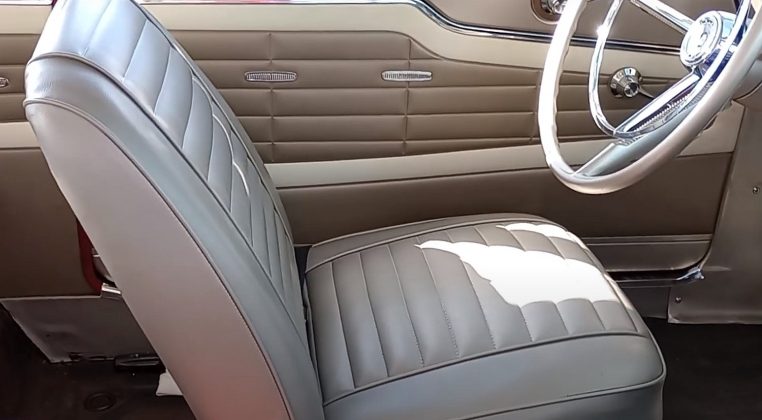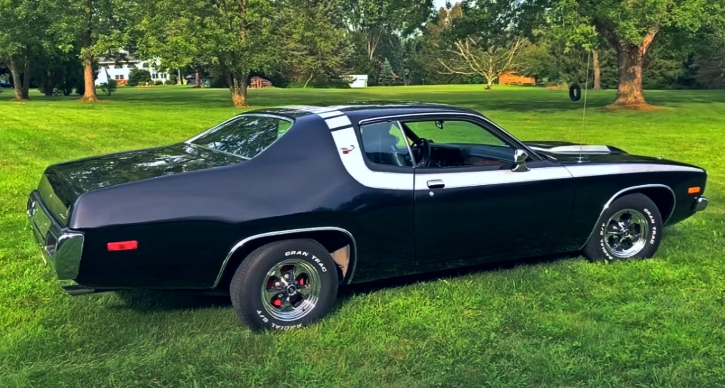The Golden Muscle Car Era
The golden era of muscle cars officially commenced in the mid-1960s, marked by a significant move by the Big Three automakers. Ford, GM, and Chrysler ushered in this era by fitting big-block engines into intermediate vehicles. Even earlier in the decade, these automotive giants had already produced remarkable vehicles owing to their deep involvement in drag racing and NASCAR.

Noteworthy among these were lightweight full-size cars such as the Impala Z11 and the Pontiac Catalina Super Duty. Before the iconic HEMI engine debuted in 1964, Chrysler had the Max Wedge engine. Ford took a different route, utilizing a stripped-down version of the Galaxie for speed.
Ford’s Super Stock Racer – The Thunderbolt
The Galaxie, however, fell short of Mopars and Chevys on the drag strip. In response, Ford decided to construct a new Super Stock racer from the ground up. To achieve even greater speed, they turned to the Fairlane, redesigning it into a midsize car for the 1962 model year.

The Fairlane was over 600 pounds lighter than the Galaxie. Ford went further by eliminating unnecessary gear, including sound-deadening material, the heater, and the radio. Plexiglass panels replaced the factory glass, and the car received fiberglass doors, hood, front fenders, and lightweight seats from the Econoline van.

To compete in the Super Stock class, the Fairlane needed a more potent engine than the 289-cubic-inch V8. Ford sent the cars to the Dearborn Steel Tubing company for modifications, fitting them with the Galaxie’s NASCAR-spec 427-cubic-inch unit. The 427 V8, rated at 425 horsepower, turned the Fairlane into a drag-winning monster.

Named the Thunderbolt, Ford homologated this setup just in time for the 1964 season. The car made a stunning debut with a win at the Winternationals, securing both the NHRA Top Stock crown and the NHRA Manufacturers’ Cup that year. Ford produced only 100 Thunderbolts in 1964, with just a handful remaining today.

Of the 100 Thunderbolts produced in 1964, only about 60 are known to still exist. Among them, only 11 (some sources claim 13) were finished in the maroon hue Ford called burgundy; the rest were painted Wimbledon White.
The burgundy Thunderbolt showcased in the video is one of these rare cars. It stands out as a finely restored example that retains much of its originality, a rarity in the world of vintage muscle cars. Such well-preserved Thunderbolts are highly sought after, with this particular example estimated to be worth well in excess of $200,000.
# FAQs
## What marked the beginning of the golden muscle car era?
The golden muscle car era began in the mid-1960s when the Big Three started fitting big-block engines into intermediate vehicles.
## How did Ford respond to the drag strip competition?
Facing tough competition on the drag strip, Ford built the Thunderbolt, a Super Stock racer, from scratch using a redesigned Fairlane.
## What modifications were made to the Thunderbolt for racing?
The Thunderbolt underwent significant modifications, including shedding weight, replacing materials with lighter alternatives, and upgrading to the powerful 427-cubic-inch V8 engine.
## How rare is the Thunderbolt burgundy example?
Among the 100 Thunderbolts produced in 1964, only about 60 are known to still exist, with just 11 (some sources claim 13) finished in the rare burgundy hue.
## What is the estimated value of a well-preserved Thunderbolt?
A finely restored Thunderbolt, such as the burgundy example featured, is estimated to be worth well in excess of $200,000.



